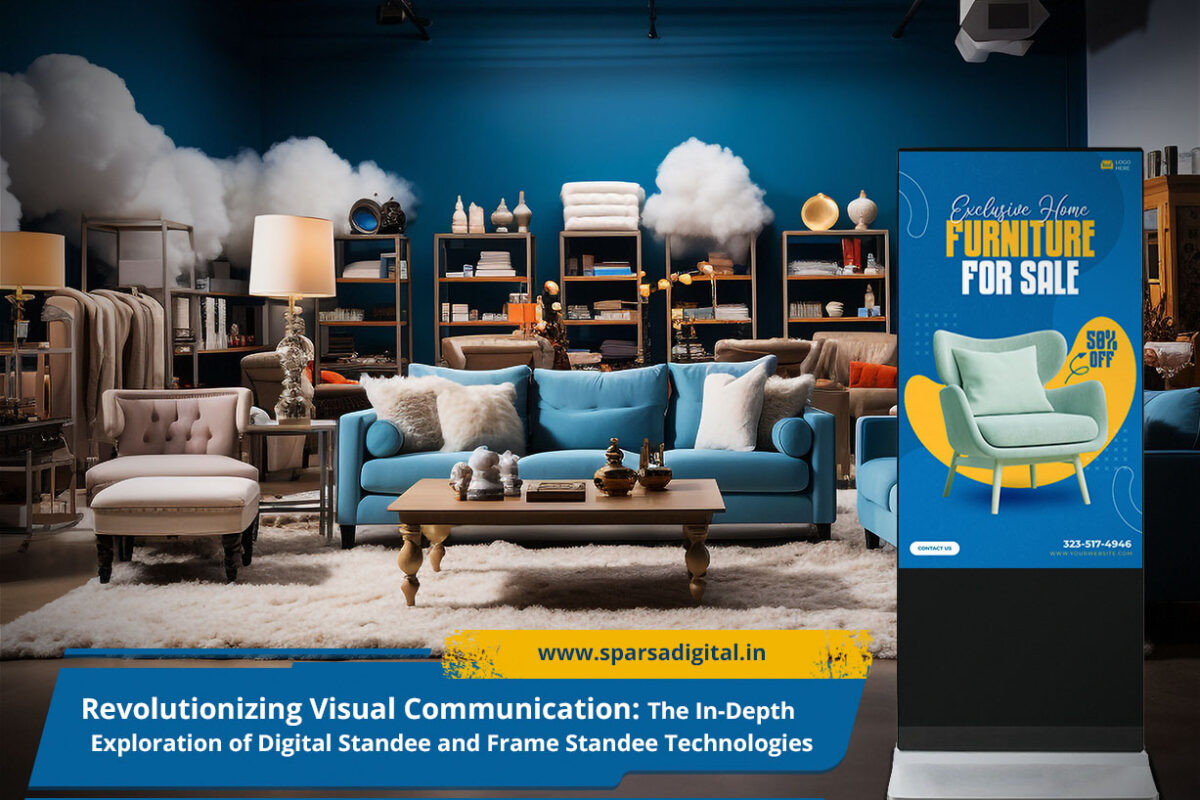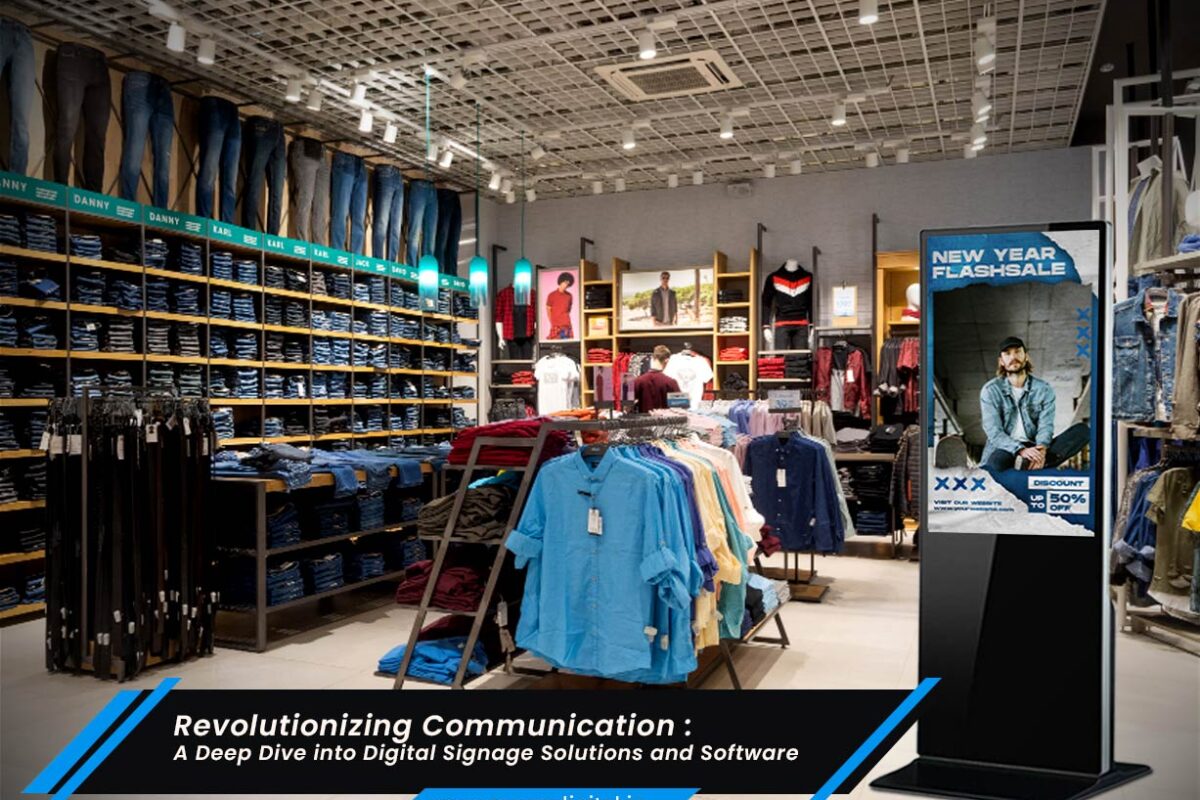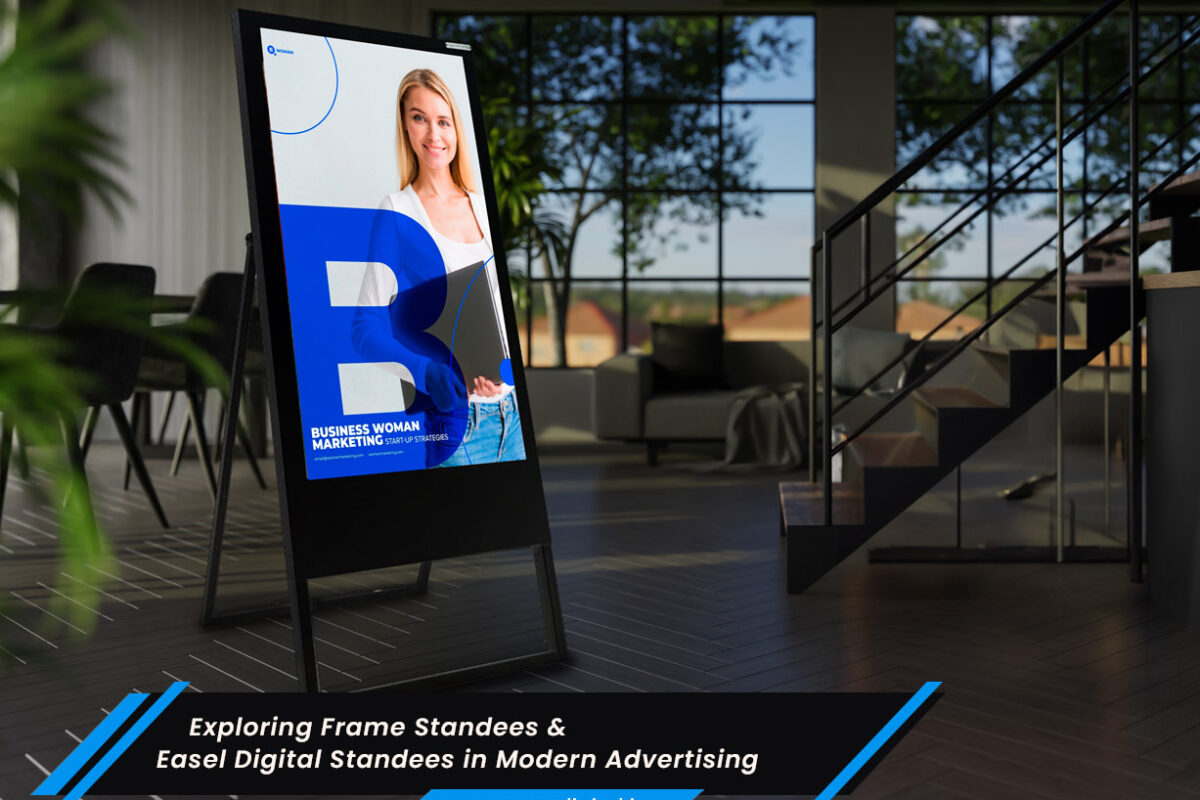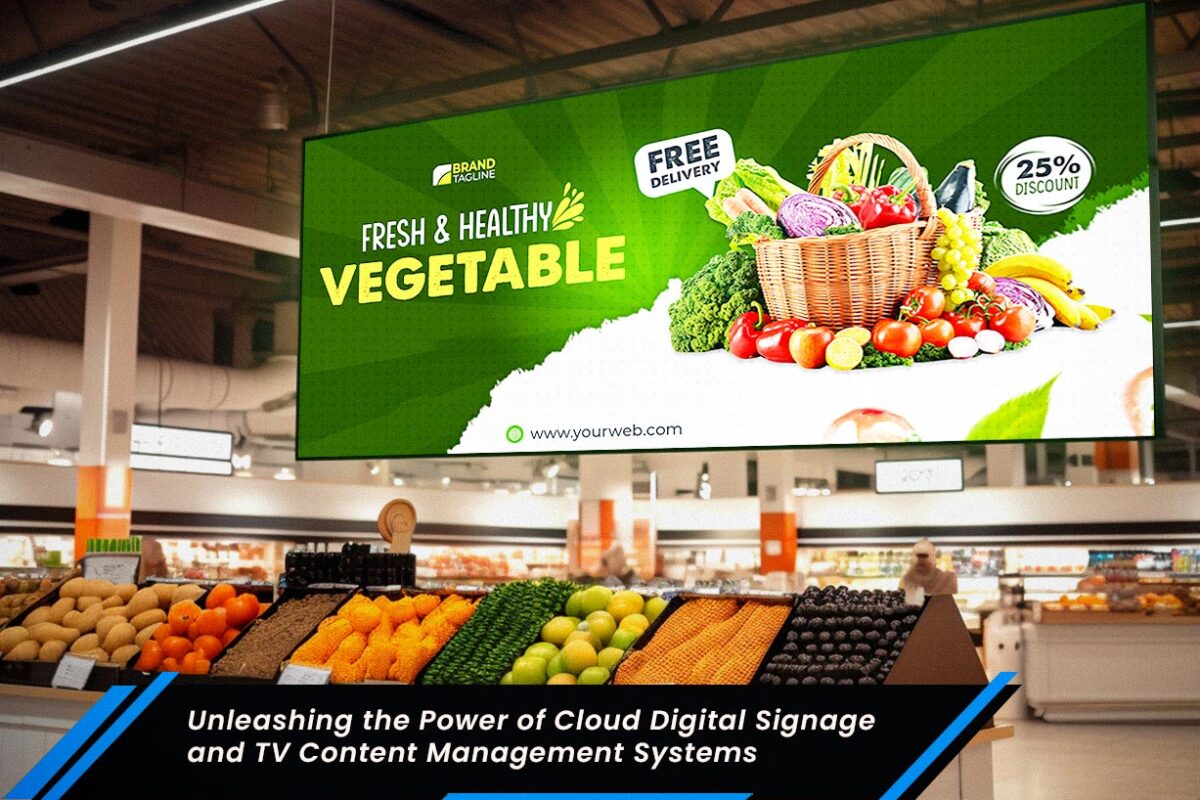In the realm of visual communication, outdoor LED display boards and screens have emerged as powerful tools, transforming the way information is conveyed and experiences are shared in public spaces. From cityscapes to commercial districts, these luminous installations captivate audiences with vibrant colors, dynamic content, and unparalleled visibility. This blog delves into the multifaceted world of outdoor LED displays, exploring their technological evolution, diverse applications, advantages, considerations, and the role they play in shaping the visual landscape of the modern world.
Technological Evolution
The journey of outdoor LED displays can be traced back to the development of light-emitting diode (LED) technology. LEDs, small semiconductor devices that emit light when an electric current is applied, paved the way for energy-efficient and durable display solutions. The evolution of LED technology, from single-color displays to full-color RGB (red, green, blue) displays, marked a significant leap in the capabilities of outdoor LED screens.
The introduction of surface-mount device (SMD) LED technology further enhanced brightness, color accuracy, and viewing angles. SMD LEDs, being smaller and closely packed, allowed for higher resolution displays and improved image quality. As a result, outdoor LED displays transitioned from basic text and graphics to high-definition video content, creating immersive and captivating visual experiences.
Applications Across Industries
The versatility of outdoor LED display boards and screens has led to their widespread adoption across various industries, each reaping the benefits of dynamic visual communication. Here are some notable applications:
Advertising and Marketing:
Entertainment and Events:
In the entertainment industry, outdoor LED screens are integral to events, concerts, and festivals. They provide large audiences with clear and vivid visuals, enhancing the overall experience. LED display boards are also commonly used in sports stadiums for live broadcasts, replays, and interactive content.
Transportation Hubs:
Outdoor LED display boards play a crucial role in transportation hubs, providing real-time information on arrivals, departures, and schedules. These displays aid in wayfinding and improve the overall passenger experience at airports, bus terminals, and train stations.
Architectural Integration:
Architectural LED displays seamlessly blend with the design of buildings, transforming them into dynamic visual landmarks. These displays are used for artistic expressions, interactive installations, and to convey important messages in urban environments.
Retail Environments:
Retailers leverage outdoor LED screens to attract customers with eye-catching displays and promotions. These displays can be integrated into storefronts or used as standalone kiosks to showcase products and engage shoppers.
Advantages of Outdoor LED Displays
The adoption of outdoor LED display boards and screens is driven by a myriad of advantages that make them stand out in the visual communication landscape:
Brightness and Visibility:
LED displays are renowned for their high brightness levels, ensuring visibility even in direct sunlight. This makes them ideal for outdoor applications where ambient light conditions vary throughout the day.
Energy Efficiency:
Compared to traditional lighting sources, LED technology is highly energy-efficient. LED displays consume less power, contributing to lower energy costs and reduced environmental impact.
Dynamic Content and Interactivity:
Outdoor LED screens support dynamic content, allowing businesses to showcase videos, animations, and real-time updates. Interactive features can be incorporated, enhancing engagement and creating memorable experiences for audiences.
Durability and Longevity:
LED displays boards are built to withstand outdoor elements, including varying temperatures, moisture, and dust. Their robust design ensures longevity and minimal maintenance requirements, making them a cost-effective investment.
Flexibility in Design and Size:
Outdoor LED displays come in various shapes and sizes, offering flexibility in design. They can be seamlessly integrated into architectural elements or customized to fit specific spaces, allowing for creative and impactful installations.
Remote Management and Control:
Many outdoor LED displays are equipped with remote management capabilities, enabling content updates, scheduling, and troubleshooting from a central location. This feature is particularly beneficial for businesses with multiple display installations.
Considerations for Outdoor LED Displays
While outdoor LED displays offer numerous advantages, several considerations should be taken into account to ensure optimal performance and longevity:
Weather Resistance:
Outdoor LED displays should be designed to withstand various weather conditions, including rain, snow, and extreme temperatures. The use of weatherproof enclosures and protective coatings is essential to prevent damage and ensure durability.
Viewing Angles and Distance:
The optimal viewing experience depends on factors such as viewing distance and angles. Display resolution, pixel pitch, and screen size should be carefully chosen to cater to the intended audience and the environment in which the display is installed.
Regulatory Compliance:
Local regulations and zoning laws may dictate the specifications and placement of outdoor LED displays. Businesses must ensure compliance with these regulations to avoid legal issues and fines.
Maintenance Requirements:
Regular maintenance is crucial to the longevity of outdoor LED displays. Dust, dirt, and other contaminants should be cleaned periodically, and any malfunctioning components should be promptly addressed to prevent downtime.
Power Consumption:
While LED displays are energy-efficient, businesses should still consider power consumption, especially for large-scale installations. Energy-efficient power supplies and scheduling features can help optimize power usage.
Content Management and Software:
The ease of updating content and managing the display’s software is a critical consideration. Businesses should invest in user-friendly content management systems that enable seamless updates and scheduling.
Conclusion
In conclusion, outdoor LED display boards and screens have become integral components of the modern visual landscape. Their evolution from basic text displays to dynamic, high-definition screens has revolutionized the way information is communicated in public spaces. From advertising and entertainment to transportation and architecture, outdoor LED displays serve diverse purposes, enhancing visibility, engagement, and overall aesthetics.
The advantages of brightness, energy efficiency, and flexibility in design make outdoor LED displays a preferred choice for businesses looking to make a bold visual impact. However, careful consideration of factors such as weather resistance, regulatory compliance, and maintenance requirements is essential to ensure the longevity and optimal performance of these displays.
As technology continues to advance, the future promises even more innovative possibilities for outdoor LED displays. Whether integrated into smart city initiatives, featuring higher resolutions, or incorporating interactive elements, these luminous installations will continue to shape and redefine the visual landscape, leaving a lasting impact on the way we experience and interact with the world around us.





